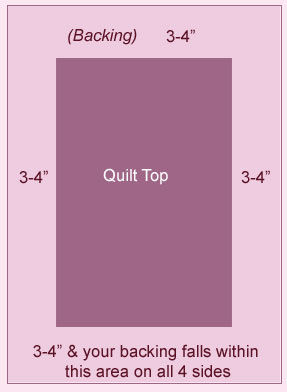Quilt Preparation
CustomCustom quilting requires different patterns/blocks quilted into different parts of the quilt, to accent/highlight the quilt top. There are three types of pricing for Custom Quilting. Light Custom Custom Heirloom | Edge to EdgeThis is where you choose a pattern that is continuously repeated (and sewn) across the quilt (i.e. edge to edge). Stitch In The DitchStitch in the Ditch quilting is where the stitch is placed close to the seam of the quilt blocks. BastingWith machine basting, large tacking stitches are run across the quilt in parallel lines, 3 inches apart for stabilising. Machine basting ensures your quilt is properly stabilised. It is ideal for those who wish to hand quilt or machine quilt themselves. |
Don't despair - if you do not know what category your quilt falls under - we can discuss this together
The Quilting Bug uses a program called the Pattern Viewer Manager. It displays a huge range of patterns that you can choose for your quilt. The Quilting Bug literally has hundreds of patterns! It's a lot of fun choosing - and the possibilities are endless.
Quilt PreparationThis is a really important part of the quilting process. If your quilt is prepared correctly, it will be much easier to load onto the quilting frame and of course, much easier to quilt. This will give you the best possible end result. Here are some tips that may help you. Did you know... backing fabrics off wide rolls are best “torn” so that the grain of the fabric will be straight when loaded on the machine.If possible, choose a backing fabric that has similar colour tones to the quilt top. This allows for same or similar coloured thread to be used on both the top and the bottom of the quilt – a much better looking end result.
| Diagram below shows how a quilt should sit before being placed on the machine:
|

